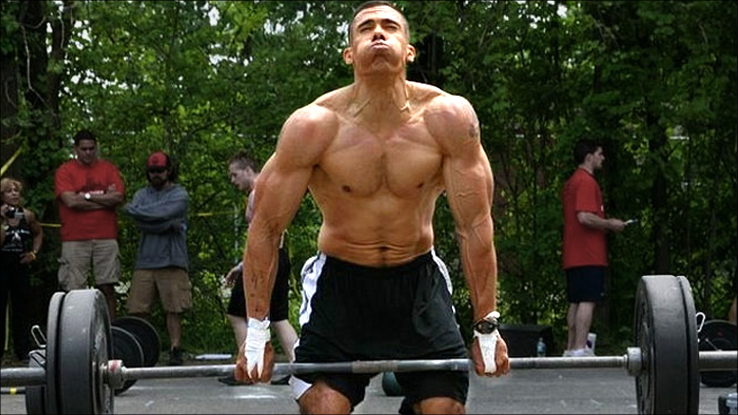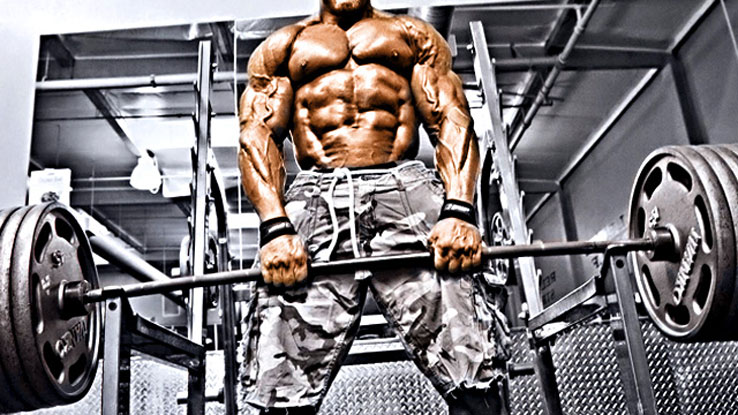The Mechanisms of Muscle Growth
When it comes to building muscle, take advantage of three key mechanisms of muscle hypertrophy: mechanical tension, muscle damage, and metabolic stress. Mechanical tension and muscle damage are the most important mechanisms. They involve overloading the fast twitch muscle fibers which have the greatest potential for strength and size gains.
For pecs, the single most effective method you can use is heavy negatives on flat or incline barbell bench presses. Research shows that heavy negatives produce greater increases in size and strength than perhaps any other training protocol. This is likely because of the inordinate levels of muscular overload they force on the body, thereby requiring the highest threshold motor units to fire at near maximum to support the load.
Familiarizing the nervous system with supramaximal loads also increases functional strength. That means more size through myofibrillar hypertrophy. In addition, heavy overloads maximize the testosterone response associated with lifting.
Unfortunately, heavy negatives can also be quite dangerous to perform even with competent spotters. This is why I recommend the Power Rack Eccentric Potentiation (PREP) protocol. It's the safest, most effective, and also most practical method for doing heavy negatives. Here's one of my NFL athletes Jarius Wynn using it:
If you have access to weight releasers you can get a similar effect. Several sets of 3-5 reps will more than suffice because excessive muscle damage can actually impair recovery and growth.
Make sure your pressing technique is spot-on since heavy eccentric overload can spell disaster for your joints and connective tissue if your mechanics aren't dialed in.
Once you've used heavier loads to trigger myofibrillar hypertrophy (functional growth due to the increase in number and size of the contractile units within the muscle) contrast it with lighter loads and continuous tension. This manipulates sarcoplasmic hypertrophy through metabolic stress and cellular swelling, which means you'll be pumping the muscle full of blood.
Although there are a number of exercises that can be used, movements that involve continuous or constant tension such as squeeze presses, cable flyes, machine flyes, constant tension partial presses, ring dips, and eccentric isometrics will all do the trick.
Maximize this response using several higher-rep sets to failure. Try 8-20 reps and engorge the muscles with as much blood and metabolites as possible. You can also expect a nice hormonal boost with natural increases in growth hormone and IGF-1 levels from this form of high intensity training.




